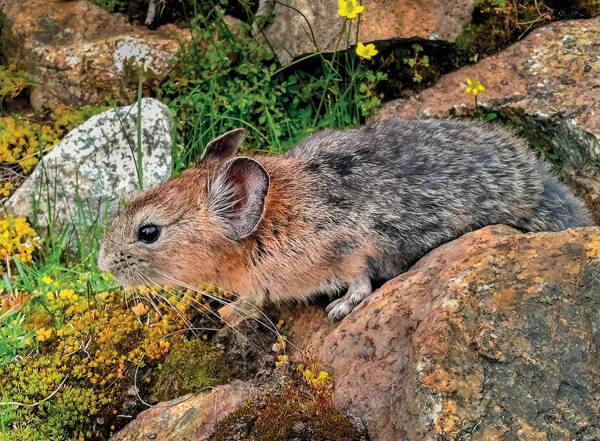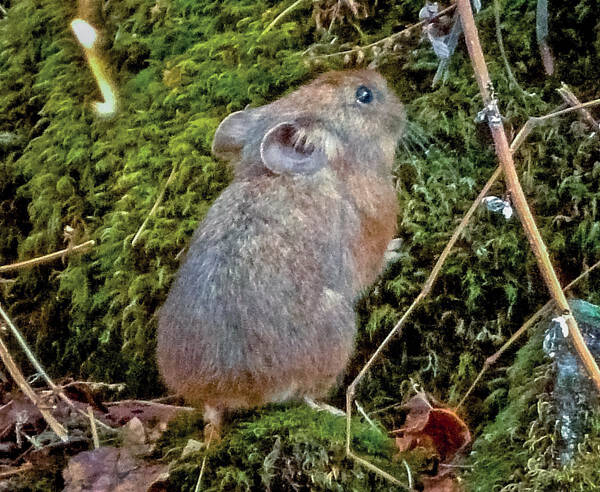
Ochotona himalayana
Ochotona himalayana
The Himalayan pika belongs to the subgenus <Conothoa>. The species was···
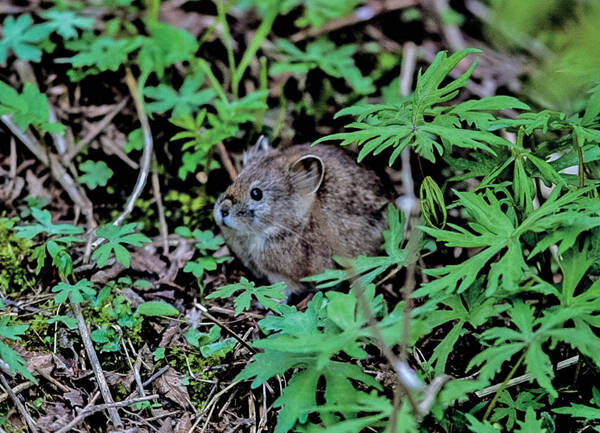
Ochotona forresti
Ochotona forresti,Yunnan pika, gray-necked pika
The gray-necked pika belongs to the subgenus <Conothoa>. The classific···
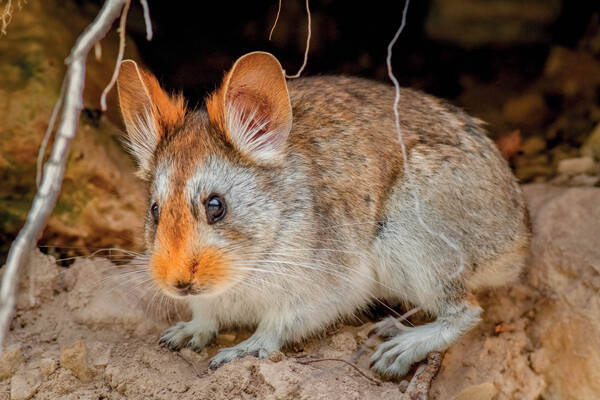
Ochotona gloveri
Ochotona gloveri
The Sichuan pika belongs to the subgenus <Conothoa> and was once class···

Procyon lotor
Procyon lotor,Northern Raccoon,Food thief, Pippi Bear, Raccoon
The North American raccoon (scientific name: Procyon lotor) is called Northe···

Lycalopex vetulus
Lycalopex vetulus,Hoary Fox、Hoary Zorro,Old pseudofox, Canis nudibranch
Brazilian Highland Fox (Scientific name: Lycalopex vetulus) Foreign name Hoa···

Lycalopex sechurae
Lycalopex sechurae,Sechuran Fox,Sechura Desert Fox, Peruvian Desert Fox
Peruvian fox is scientifically known as Lycalopex sechurae, and its foreign ···

Lycalopex gymnocercus
Lycalopex gymnocercus,Pampas Fox、Azara's Zorro,Pampas fox, Paraguayan fox, Paraguayan jackal
The river fox (scientific name: Lycalopex gymnocercus), also known as Pampas···

Lycalopex griseus
Lycalopex griseus,South American Grey Fox,Argentine fox, Patagonian fox
South American Gray Fox (Scientific name: Lycalopex griseus) is a small Sout···
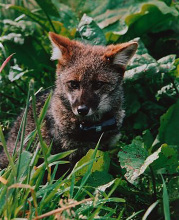
Lycalopex fulvipes
Lycalopex fulvipes,Darwin's Fox,Fox
Darwin's Fox (Scientific name: Lycalopex fulvipes) is also known as Darw···
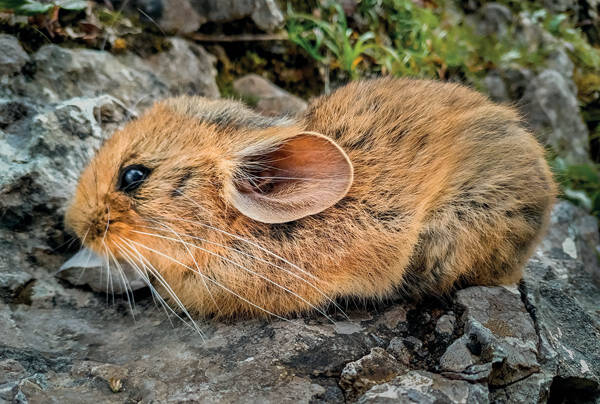
Ochotona erythrotis
Ochotona erythrotis,Red-eared rabbit
Red-eared pika belongs to the subgenus <Conothoa>. There is some contr···
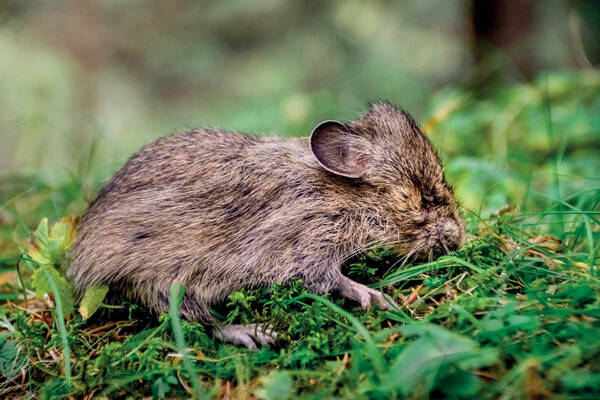
Ochotona huangensis xunhuaensis
Ochotona huangensis xunhuaensis
Xunhua pika, also known as Qinling pika, belongs to the subgenus Alienauroa.···
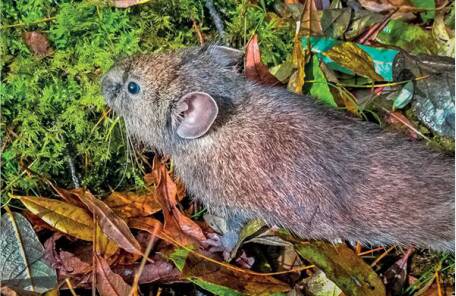
Ochotona huanglongensis
Ochotona huanglongensis
Huanglong Pika belongs to the subgenus Alienauroa. It is mainly distributed ···

Lycalopex culpaeus
Lycalopex culpaeus,Lobo Andino、Culpeo,Cobain fox, Ecuadorian jackal
Mountain fox (scientific name: Lycalopex culpaeus) is also known as Lobo And···
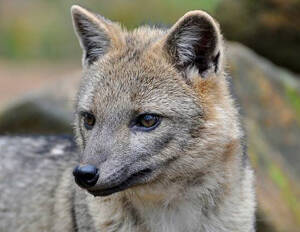
Cerdocyon thous
Cerdocyon thous,Crab-eating Fox
Crab-eating fox (scientific name: Cerdocyon thous) is called Crab-eating Fox···

Urocyon littoralis
Urocyon littoralis,Channel Islands Fox,海岸灰狐,短尾狐,岛狐,海峡群岛狐,海岛灰狐
The Channel Islands Fox (scientific name: Urocyon littoralis) is a small fox···

Urocyon cinereoargenteus
Urocyon cinereoargenteus,Grey Fox
Grey Fox (scientific name: Urocyon cinereoargenteus) is also known as Grey F···
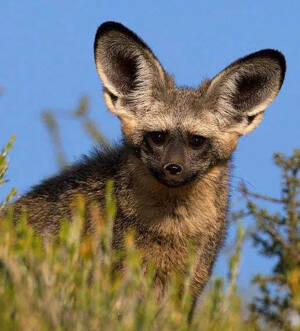
Otocyon megalotis
Otocyon megalotis,Bat-eared fox,Bat-eared fox, Cape fox
The big-eared fox (scientific name: Otocyon megalotis) has bat-wing-like ear···

Vulpes zerda
Vulpes zerda,fennec,Fennec Fox,Big-eared fox, desert fox
Fennec fox (scientific name: Vulpes zerda) is also known as fennec or Fennec···

Vulpes velox
Vulpes velox,Swift Fox
The veld fox (scientific name: Vulpes velox) is also known as the Swift Fox ···
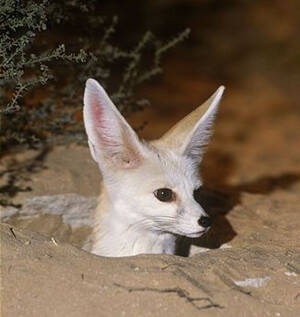
Vulpes rueppellii
Vulpes rueppellii,Rüppell's Fox,Lupper fox, Lupper fox
Rüppell's Fox (scientific name: Vulpes rueppellii) is also known as Rü···

Vulpes pallida
Vulpes pallida,Pale Fox,African Corso Fox
Pale Fox (scientific name: Vulpes pallida) is also known as Pale Fox in fore···
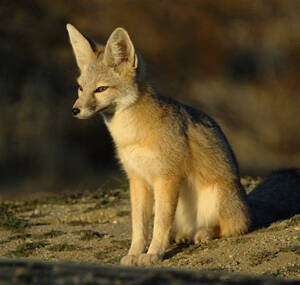
Vulpes macrotis
Vulpes macrotis,Kit Fox, Desert Fox,North American giant-eared fox, sensitive fox, North American corsac fox
Kit Fox (scientific name: Vulpes macrotis), also known as Kit Fox and Desert···
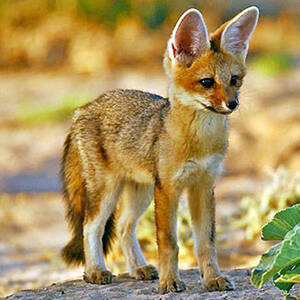
Vulpes chama,
Vulpes chama,Cape Fox,silverback fox, cape fox, cape fox
Cape fox (scientific name: Vulpes chama) is also known as Cape Fox, and has ···

Vulpes cana
Vulpes cana,Blanford's Fox
Afghan fox (scientific name: Vulpes cana) is also known as Blanford's Fo···

Vulpes bengalensis
Vulpes bengalensis,Bengal Fox, Indian Fox
Bengal fox (scientific name: Vulpes bengalensis) is also known as Bengal Fox···
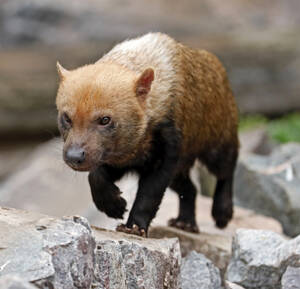
Speothos venaticus
Speothos venaticus,Bush Dog,bush dog, water dog, forest dog
Bush Dog (scientific name: Speothos venaticus) is also known as Bush Dog in ···

African wild dog
Lycaon pictus
African wild dog, also known as Lycaon pictus, has five subspecies.The terri···
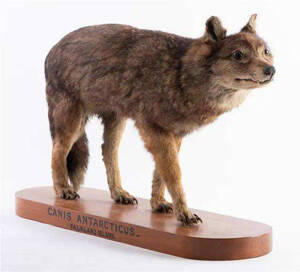
Dusicyon australis
Dusicyon australis
The Falkland Islands Wolf (scientific name: Dusicyon australis) is a species···

Chrysocyon brachyurus
Maned wolf, Brazilian wolf, South American wolf
Maned wolf (scientific name: Chrysocyon brachyurus), also known as Maned wol···

